Just because the temperature drops and there’s snow on the ground doesn’t mean you have to forgo your favorite hiking trails. With the right clothing and gear you can get outside any time of year. Even in some of the busiest and most popular national parks winter time brings a fraction of the crowds and you may end up have some of the best and most spectacular hikes all to yourself. As I was once told in Iceland “There is no bad weather, only bad clothing“, and making sure you are properly outfitted is key to having a fun and safe day when exploring a winter wonderland. Check out this list of essential winter hiking gear and start planning your next cold weather adventure.
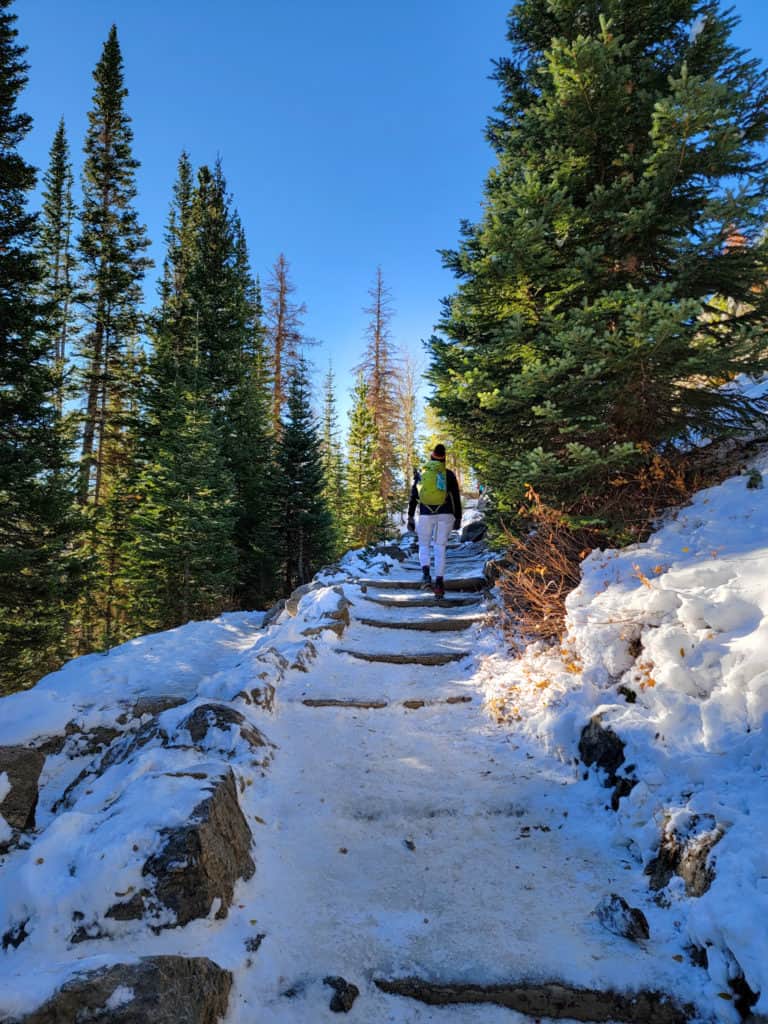
The Casual Travelist contains affiliate links, when you make a purchase or book a hotel through these links the Casual Travelist receives a small commission that helps support this site at no additional cost to you.
Clothing
Base layer
Base layers are typically a thinner layer of clothing designed to wick away sweat while trapping a bit of body heat. Avoid cotton (cotton tends to stay wet, and wet cloths are cold cloths) and opt for merino wool or synthetic fabrics.
Mid layer
A mid layer will provide the majority of your warmth and insulation while being lightweight. Common mid layers include fleece or down jackets.
Fleece
Waterproof Shell
A waterproof and windproof top layer is important for keeping out rain or snow in order to maintain your body heat.
Hiking pants
Winter hiking pants can also be separated into base layers and top layers. Again the base layer will wick away sweat and moisture while providing some warmth. Your top layer should be water and wind resistant to keep you warm and dry, particularly if you encounter wet weather.
Base Layer Pants
Top Layer Pants
Hats/Headbands
A significant amount of body heat can be lost through your head and your ears can be particularly vulnerable to the cold. A good hat or headband can be imperative to keeping you comfortable on your winter hike.
Scarf/Gaiter
A scarf or gaiter can help keep heat from escaping through your collar and can also be used to cover the bottom of your face.
Gloves
When it comes to gloves you want something that keeps your hands warm while allowing for good dexterity.
Footwear
Socks
Synthentics and wool are ideal fabrics for hiking socks. Look for a medium weight hiking sock as thick socks may lead to blisters.
Insulated Hiking Boots
When it comes to winter adventures nothing will ruin your day like cold, wet feet. Insulated hiking boots with good traction and ankle support are key to ensuring you have a good time out on the trail.
.
Other Gear
Daypack
A good day pack is essential for carrying all of your winter hiking gear. You’ll want something large enough to carry food and drink as well as room for any layers you may take off (or put back on) to maintain a safe body temperature. I also like side pockets or straps to attach my hiking poles with not in use.
Headlamp
Shorter days make for longer nights. If you plan to start an early morning hike or have the possibility of being on the trail after sunset you’ll want a headlamp for handsfree illumination.
Hiking poles
Hiking poles provide additional balance and can help reduce hip and knee soreness after a hike. For winter hiking look for a set collapsible poles with a spike at the end for additional traction on ice.
Microspikes/Crampons/Snowshoes
Nothing ruins a winter hike faster than slipping on ice or sinking into snow with each step. Microspikes and crampons provide additional traction in icy conditions and snowshoes allow you to walk in deeper snow conditions.
Hand Warmers
If you need additional warmth air activated personal hand warmers will be your new best friend.
Sunglasses/Goggles
The glare of the sun on bright white snow can be blinding, polarized sunglasses are a great way to see better and protect your eyes. If it’s particularly windy out goggles may be a better option.
Sunscreen
Reflection from the snow can intensify the winter sun so using sunscreen is just as important in winter as when you’re out frolicking on the beach in July.
Water Bottle
Hydration is just as important in cold weather as it is during the heat of summer. I prefer an insulated water bottle for any season.
If you like this post be sure to take a look at some of these other articles!
Zion National Park-Hiking the Narrows in Winter
The Best Women’s Outdoor Shoes and Boots
The Best Things to do in Quebec City This Winter
Pin this post for later!



















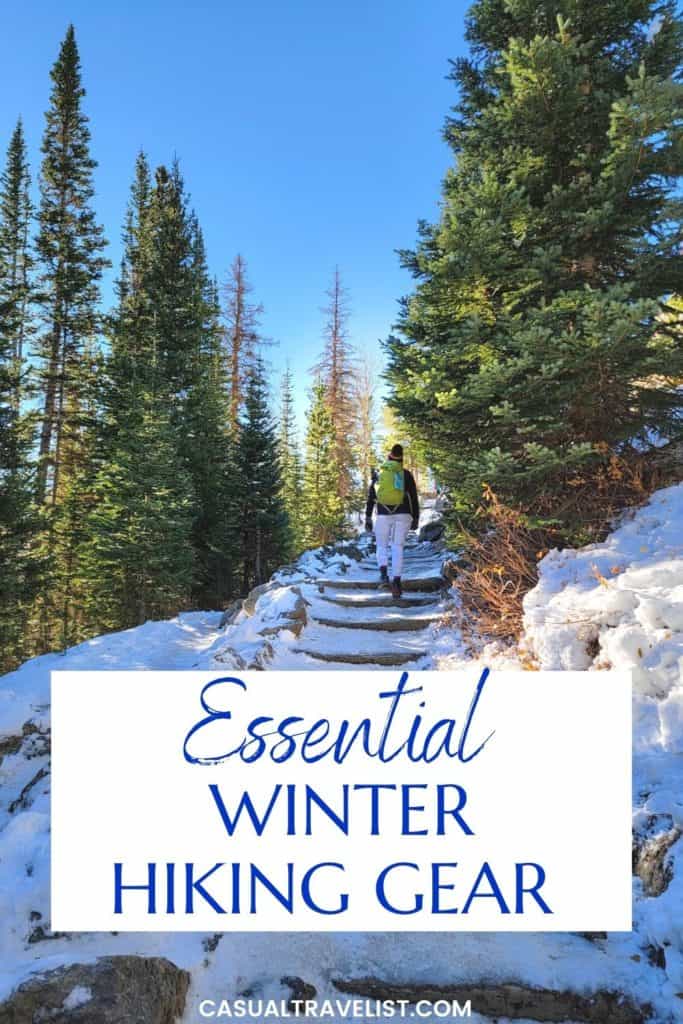

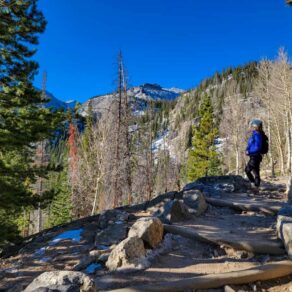
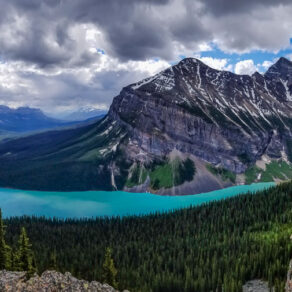
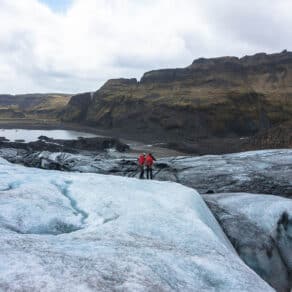
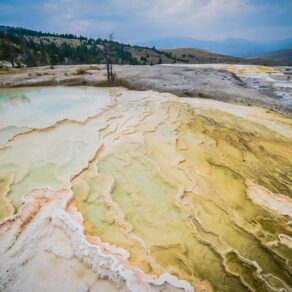
Alan D says
Great
Thanks for the article and suggestions on gear